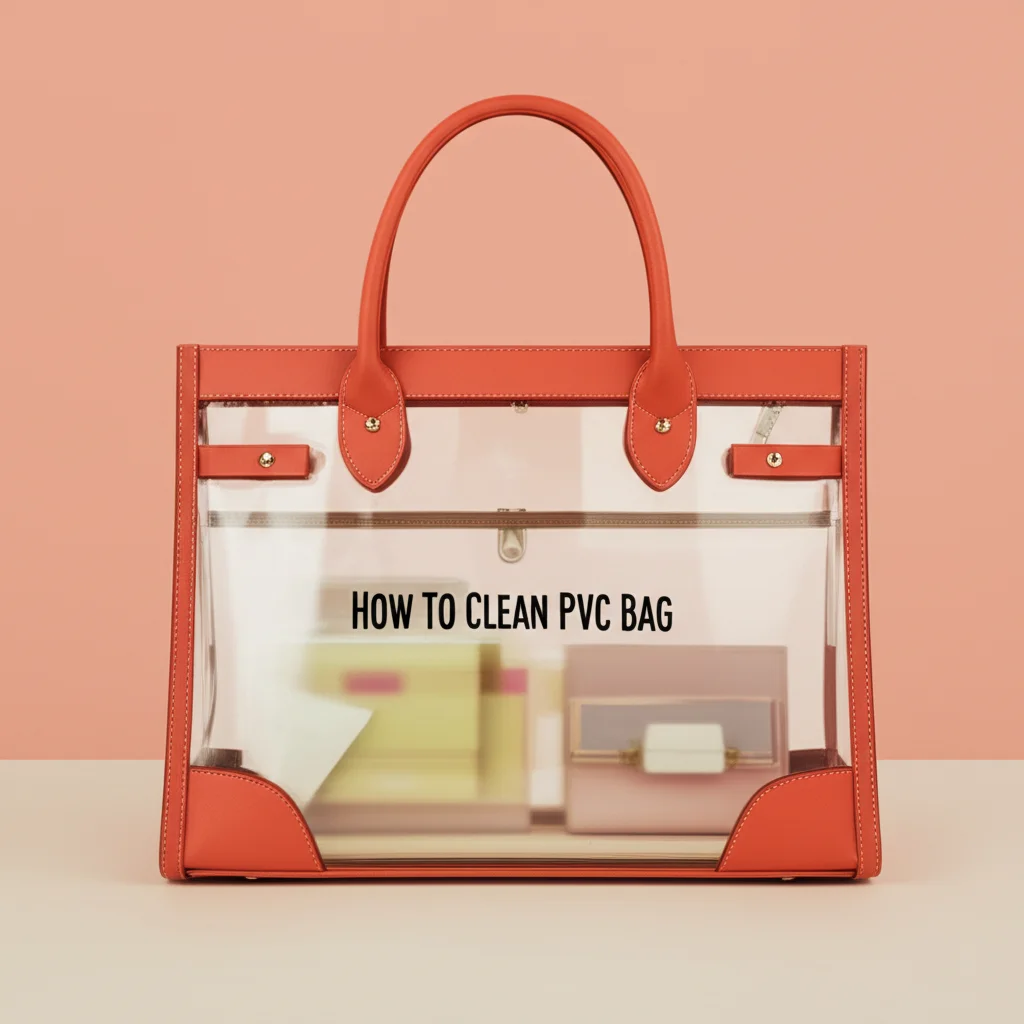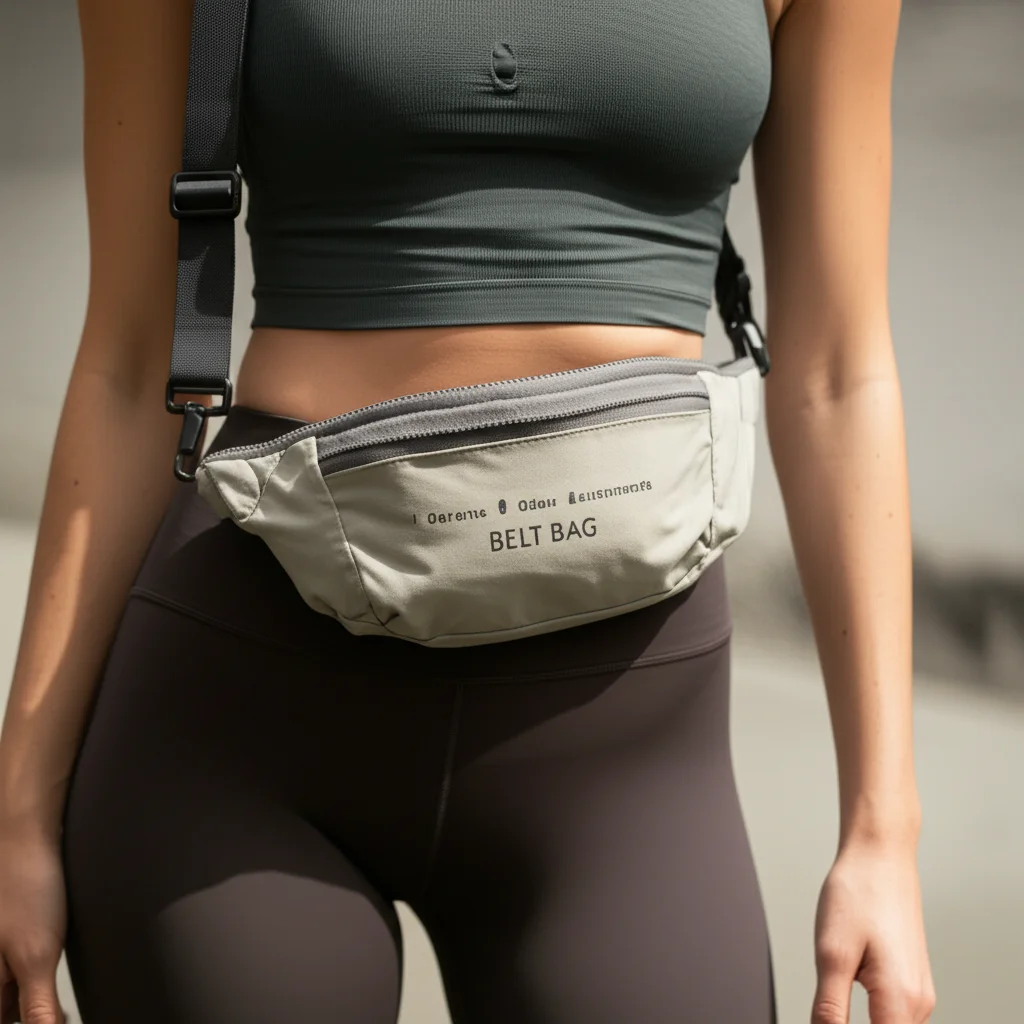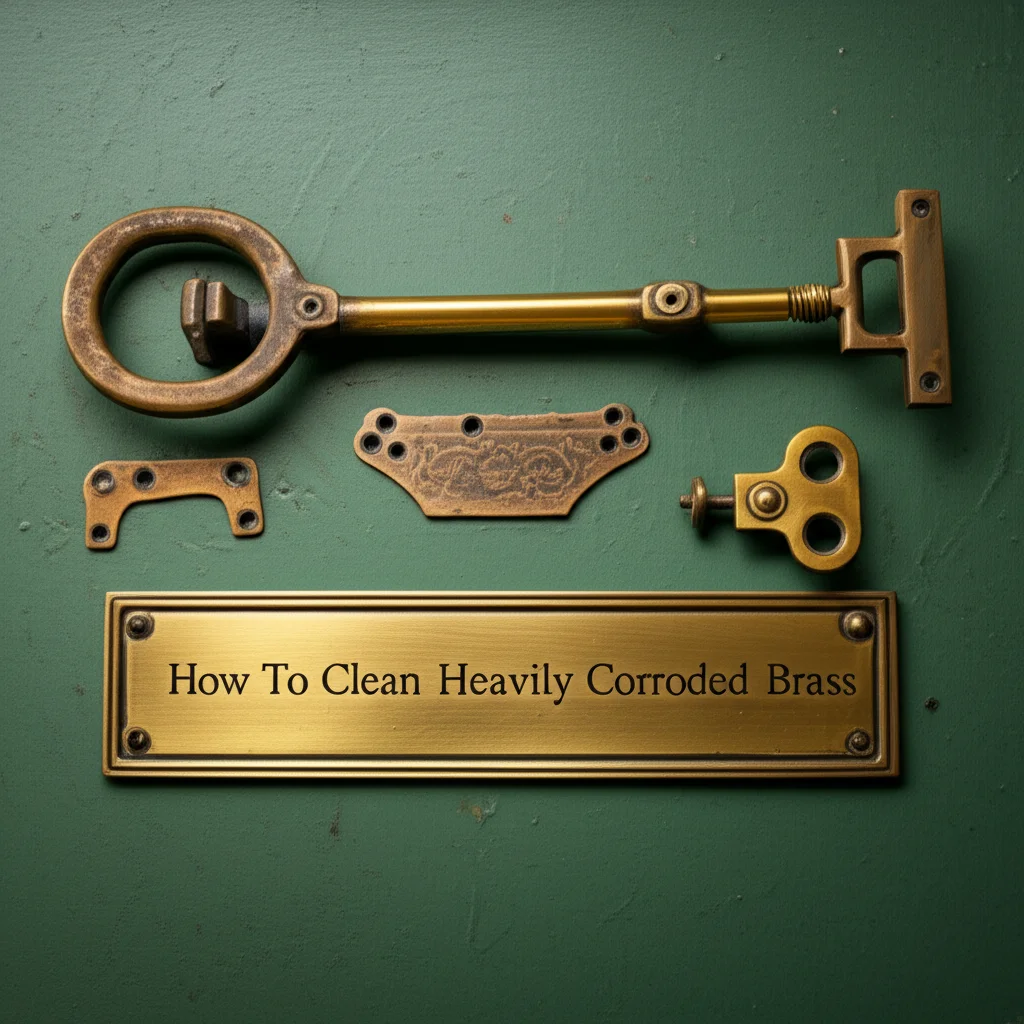· Todd Martin · Home Care · 16 min read
How To Clean Pvc Bag

How to Clean Your PVC Bag: Simple Steps for Lasting Shine
Your clear PVC bag is a stylish accessory. It shows off your essentials while keeping them safe. However, PVC material can attract dirt, dust, and grime quickly. Keeping it clean is important for its look and lifespan. This guide will show you exactly how to clean a PVC bag, ensuring it stays clear and shiny. I will walk you through the necessary supplies, general cleaning methods, and specific ways to handle stubborn stains or odors.
Takeaway
- Gather Supplies: Use mild soap, soft cloths, and water.
- Wipe Gently: Clean the surface with a damp, soapy cloth.
- Rinse and Dry: Remove soap residue, then air dry completely.
- Spot Treat Stains: Target specific marks with appropriate cleaners.
- Prevent Damage: Store properly and clean regularly.
To clean a PVC bag, gently wipe its exterior and interior surfaces with a soft cloth dampened with mild soap and water. Rinse thoroughly with a clean, damp cloth to remove all soap residue, and then air dry the bag completely away from direct heat or sunlight.
Understanding PVC Bags: What Makes Them Unique?
PVC, or polyvinyl chloride, is a type of plastic. Manufacturers use it widely for many products. PVC bags are popular for their clear look, durability, and water resistance. They are a common choice for stadiums, concerts, or simply as fashion statements.
Their transparent nature means dirt and smudges show easily. This makes regular cleaning essential. Unlike fabric bags, PVC does not absorb liquids. This makes it easy to wipe clean. However, certain chemicals can damage PVC. We must choose cleaning products carefully.
PVC can also scratch or scuff. Rough materials or abrasive cleaners can cause damage. Always use soft cloths and gentle motions. This preserves the bag’s smooth surface. Understanding PVC’s properties helps you clean it properly.
Essential Supplies for PVC Bag Cleaning
Having the right tools makes the cleaning process simple. You likely have most of these items already at home. I find that gentle supplies work best for PVC. Harsh chemicals can cause cloudiness or cracking over time.
Gather these items before you begin:
- Mild Dish Soap: Choose a gentle, colorless variety. A small amount goes a long way. This breaks down dirt without harming the plastic.
- Soft Microfiber Cloths: These cloths are non-abrasive. They will not scratch the PVC surface. Have at least two on hand: one for cleaning and one for rinsing.
- Warm Water: Tap water at a comfortable temperature is fine. Avoid very hot water, as it can warp some plastics.
- Small Bowl or Bucket: This holds your soapy water mixture. It keeps your workspace tidy.
- Rubbing Alcohol (Isopropyl Alcohol): Use this for tougher stains like ink or markers. Test it in an inconspicuous area first.
- White Vinegar: This is excellent for odors or light mold. It is a natural disinfectant. You can also use vinegar for cleaning various surfaces around your home, like glass with vinegar or even plastic showers.
- Soft Brush (optional): A soft-bristled toothbrush can help with textured areas or crevices. Use it gently to avoid scratches.
- Paper Towels or an additional clean, dry cloth: For final drying.
These simple supplies ensure a safe and effective clean. You will protect your bag while making it sparkle. Always make sure your tools are clean before you start.
General Cleaning Steps for Your PVC Bag
Regular cleaning keeps your PVC bag looking its best. This method is safe for general dirt and grime. I use these steps for routine maintenance. It only takes a few minutes.
Here is a simple, step-by-step guide:
- Empty the Bag: First, take everything out of your PVC bag. This includes any inner pouches or organizers. Shake out loose debris.
- Prepare Cleaning Solution: Mix a few drops of mild dish soap into a bowl of warm water. Stir it until small suds form. The water should feel slightly soapy, not overly bubbly.
- Wipe the Exterior: Dip a soft microfiber cloth into the soapy water. Wring out excess water. The cloth should be damp, not dripping wet. Gently wipe down the entire exterior surface of the PVC bag. Pay attention to any visible smudges or dirt marks. Use light, circular motions.
- Clean the Interior: Turn the bag inside out if possible. Use the same damp, soapy cloth to wipe the interior. Many PVC bags have a smooth interior. This makes cleaning easy. For cleaning other types of bags, like canvas or insulated ones, the interior cleaning steps might differ, requiring more specific attention to fabric or lining.
- Rinse Thoroughly: Dampen a second clean microfiber cloth with plain warm water. Wring it out well. Wipe down all areas you just cleaned. This removes soap residue. Leftover soap can leave streaks or attract new dirt. Repeat this rinsing step until no soap remains.
- Dry Completely: Use a clean, dry microfiber cloth or paper towels to blot the bag dry. Do not leave water standing on the surface. For faster drying, you can air dry the bag. Hang it in a well-ventilated area. Avoid direct sunlight or heat, as these can warp or damage the PVC. Ensure the bag is completely dry before storing it or putting items back inside. This prevents moisture buildup, which can lead to odors or even mold.
These steps are perfect for regular upkeep. They help maintain the clear, shiny appearance of your PVC bag. Always be gentle to avoid scratches.
Tackling Stubborn Stains on PVC Bags
Sometimes, basic cleaning is not enough. PVC bags can pick up tough stains like ink, makeup, or sticky residue. I have found specific approaches work best for these challenges. Always test any new cleaning method on a small, hidden area first.
Different stains require different solutions:
Ink or Marker Stains
- Rubbing Alcohol: Dampen a cotton swab or the corner of a clean cloth with rubbing alcohol (isopropyl alcohol). Gently blot the ink stain. Do not rub vigorously, as this can spread the ink. Work from the outside of the stain inwards.
- Hand Sanitizer: If you do not have rubbing alcohol, hand sanitizer with high alcohol content can also work. Apply a small amount to the stain and blot.
- Repeat and Rinse: Repeat the blotting process until the stain fades or disappears. Once the ink is gone, wipe the area with a damp cloth and mild soap solution, then rinse with plain water. This removes any alcohol residue.
Makeup Stains (Lipstick, Foundation)
- Mild Soap and Water: For fresh makeup stains, a stronger application of your mild soap and water solution might suffice. Apply it directly to the stain, let it sit for a minute, then gently scrub with a soft brush or cloth.
- Rubbing Alcohol: If soap fails, try rubbing alcohol. Apply it to a cloth and gently wipe the stain. Makeup, particularly oil-based products, can be challenging on bags. For specific tips on how to clean makeup bags made from other materials, check out this guide on how to clean a makeup bag.
- Oil-Based Cleanser: For very stubborn oil-based makeup, a tiny dab of gentle, oil-based makeup remover on a cotton pad can help. Follow immediately with soap and water to remove the oily residue.
Sticky Residue (Stickers, Tape Glue)
- Rubbing Alcohol or Goo Gone: Apply a small amount of rubbing alcohol or a specialized adhesive remover like Goo Gone to a cloth. Gently rub the sticky area. The residue should start to soften and lift.
- Warm Water and Soap: After removing the sticky part, clean the area with warm, soapy water. This removes any lingering residue from the adhesive remover.
- Plastic-Friendly Stain Removers: For general stains on plastic, similar methods are often effective. Always ensure the product is safe for PVC before use.
Scuff Marks
- Pencil Eraser: For light scuff marks, a clean white pencil eraser can sometimes work wonders. Gently rub the scuff until it disappears.
- Rubbing Alcohol: For deeper scuffs, a cloth with rubbing alcohol may help reduce their appearance. Be careful not to scrub too hard.
Always be patient when tackling stains. Aggressive scrubbing can damage the PVC. A gentle, persistent approach is best. After any spot treatment, always clean the entire area with mild soap and water, then rinse and dry thoroughly.
Dealing with Odors and Discoloration in PVC Bags
PVC bags can develop odors or become discolored over time. Odors often come from stored items or moisture. Discoloration, like yellowing, usually results from sun exposure or aging. Addressing these issues can revive your bag. I have found these methods effective.
Eliminating Odors
- Ventilation: First, air out your bag. Open it completely and leave it in a well-ventilated area for a few hours or even a day. This allows fresh air to circulate and dissipate light smells.
- Baking Soda Method: Baking soda is a natural odor absorber.
- Place a small, open container of baking soda inside the empty bag.
- Seal the bag (if possible) or place it in a larger container.
- Leave it for 24-48 hours. The baking soda will absorb unpleasant smells.
- Afterward, remove the baking soda and wipe the bag’s interior with a damp cloth.
- White Vinegar Spray: Vinegar neutralizes odors.
- Mix equal parts white vinegar and water in a spray bottle.
- Lightly mist the interior of the bag. Do not saturate it.
- Wipe down with a clean, damp cloth.
- Air dry the bag completely. The vinegar smell will dissipate as it dries, taking other odors with it. This method is also useful for cleaning mold with vinegar on various surfaces, including plastics.
- Activated Charcoal: Similar to baking soda, activated charcoal packets can absorb strong odors. Place one or two packets inside the bag for a few days.
Addressing Discoloration (Yellowing or Cloudiness)
- Sunlight Exposure (Controlled): Slight yellowing can sometimes be improved by brief, indirect sunlight exposure. Place the bag outside on a cloudy day or indoors near a window but out of direct harsh sun. Monitor it closely. Too much sun will worsen yellowing.
- Rubbing Alcohol: For light cloudiness or a dull film, try wiping the entire bag with a cloth dampened with rubbing alcohol. This can sometimes restore clarity. Follow with a soap and water rinse.
- Specialized Plastic Cleaners: For severe yellowing, some specialized plastic restoration products exist. These are typically designed for car headlights or outdoor plastic furniture. Use them with extreme caution. They can be abrasive. Always test in an inconspicuous spot. Read product instructions carefully. They may contain chemicals that are too harsh for daily use.
- Mold or Mildew: If discoloration is due to mold, act quickly.
- Wipe the affected area with a cloth dampened with a solution of white vinegar and water (50/50).
- For tougher mold on plastic, a very dilute bleach solution (1 part bleach to 10 parts water) can be used as a last resort. Apply sparingly with a cotton swab and rinse immediately. Be extremely careful with bleach, as it can damage or discolor some PVC. This is similar to how you would approach mold off plastic items generally.
- Ensure the bag dries completely after cleaning mold.
Prevention is key for both odors and discoloration. Store your bag in a cool, dry place away from direct sunlight. Ensure items placed inside are clean and dry.
Drying and Storing Your PVC Bag Properly
The final steps of drying and storage are just as important as cleaning. Incorrect drying can lead to water spots or moisture issues. Poor storage can cause creases, cracks, or renewed dirt. I always make sure my PVC bags are perfectly dry and stored with care.
Effective Drying Techniques:
- Blot Dry First: After rinsing, immediately use a clean, dry microfiber cloth or paper towels to blot away as much surface water as possible. Do not rub vigorously, as this can leave streaks or static.
- Air Dry Thoroughly:
- Hang it Up: Hang the PVC bag upside down or by its handles in a well-ventilated area. A clothesline, a shower rod, or a hanger works well. Ensure air can circulate around all surfaces.
- Avoid Direct Heat/Sunlight: Do not place the bag in direct sunlight, near a heater, or use a hairdryer. High heat can warp, melt, or cause the PVC to yellow and become brittle over time.
- Allow Ample Time: PVC dries relatively quickly because it is non-porous. However, ensure every part, especially seams and corners, is completely dry. This might take a few hours. Any trapped moisture can lead to mold or a musty smell. This is crucial for all types of bags, from clear PVC to more complex structures like an insulated lunch bag.
- Check for Dampness: Before storing, run your hand over all surfaces, inside and out. Ensure there is no lingering dampness.
Smart Storage Solutions:
- Maintain Shape: For structured PVC bags, you can gently stuff them with acid-free tissue paper or bubble wrap. This helps maintain their shape and prevents creasing. Avoid using newspaper, as the ink can transfer.
- Protect from Dust: Store your clean, dry PVC bag in a dust bag or a breathable fabric bag. An old pillowcase can also work. This protects the surface from dust accumulation and potential scratches from other items.
- Avoid Crowding: Do not cram your PVC bag into a tight space. This can lead to permanent creases or damage to the plastic. Give it enough room on a shelf or hang it.
- Cool, Dry Place: Store the bag in a cool, dry environment away from direct sunlight, extreme temperatures, and high humidity. Attics, basements, or areas near windows are not ideal. A closet shelf is usually a good spot.
- Separate from Other Items: If possible, store PVC bags separately from items that could transfer color, scratch them, or become sticky, like old leather items or certain plastics.
Proper drying and storage are investments in your PVC bag’s longevity. They keep it clear, shiny, and ready for your next outing. This attention to detail extends the life of your favorite accessories.
Preventative Measures for a Cleaner PVC Bag
The best way to keep your PVC bag pristine is through prevention. Small habits can significantly reduce the need for deep cleaning. I always try to incorporate these tips into how I use and store my bags. They save time and effort in the long run.
Here are simple preventative steps:
- Daily Wipe Down: After each use, take a moment to wipe down the bag. A soft, dry cloth can remove surface dust and fingerprints before they set in. This is especially helpful for clear PVC bags, where every smudge is visible.
- Use Inner Pouches: If your PVC bag does not come with inner compartments, use small fabric or opaque pouches for your items. This is particularly important for makeup, pens, and liquids.
- Makeup: Prevent foundation, lipstick, or powder from smudging the clear plastic. Placing these items in a separate makeup bag will protect your PVC.
- Pens/Markers: These are notorious for leaking. Keep them in a pencil case.
- Liquids: Always ensure bottles of lotion, hand sanitizer, or water are tightly sealed before placing them in your bag. Even a tiny leak can leave a hard-to-remove residue.
- Avoid Overfilling: Overfilling your PVC bag can put stress on the seams and zipper. It can also cause the plastic to stretch or crease permanently. Pack only what fits comfortably.
- Protect from Scratches:
- Careful Placement: Do not place your PVC bag on rough surfaces like concrete or brick.
- Avoid Sharp Objects: Be mindful of sharp keys, pens without caps, or other pointed items inside your bag. These can scratch or puncture the PVC.
- Store Properly: As discussed in the previous section, storing your bag away from other items that could scratch it helps.
- Limit Sun Exposure: Prolonged exposure to direct sunlight causes PVC to yellow and become brittle. Avoid leaving your bag in a sunny car window or outside for extended periods. When not in use, store it in a cool, dark place.
- Handle with Clean Hands: Whenever possible, handle your PVC bag with clean hands. Oils and dirt from your hands can transfer to the plastic surface and lead to fingerprints and smudges.
- Regular Gentle Cleaning: Even with preventative measures, some dirt is unavoidable. Stick to a schedule of light cleaning every few weeks or once a month, depending on how often you use the bag. This prevents dirt buildup and keeps the material looking fresh. This kind of regular, gentle care also applies to other plastic items around your home, like maintaining a PVC fence.
By adopting these simple habits, you can significantly extend the life and pristine appearance of your PVC bag. Prevention truly is the easiest way to keep it sparkling.
FAQ Section
Q1: Can I put my PVC bag in the washing machine?
No, do not put your PVC bag in a washing machine. The harsh agitation, hot water, and strong detergents can warp, crack, or yellow the PVC material. It can also damage zippers and seams. Hand cleaning with mild soap and water is always the safest and most effective method. Machine washing is suitable for specific fabrics like canvas or some duffel bags, but not for PVC.
Q2: How do I remove yellowing from a clear PVC bag?
Yellowing often occurs due to sun exposure and aging. For light yellowing, try wiping the bag with rubbing alcohol or a solution of white vinegar and water. Controlled, brief exposure to indirect sunlight might also help in some cases. Severe yellowing is often permanent. Avoid harsh chemicals like bleach, as they can further damage the material.
Q3: What should I avoid using to clean my PVC bag?
Avoid abrasive scrubbers, harsh chemical cleaners, acetone (nail polish remover), bleach, and ammonia-based products. These can scratch the surface, cause cloudiness, warp the material, or lead to discoloration. Also, never use hot water or expose the bag to direct heat, such as a hairdryer, as this can melt or deform the PVC.
Q4: How often should I clean my PVC bag?
The frequency depends on how often you use the bag and how dirty it gets. For daily use, a quick wipe-down with a dry or slightly damp cloth after each use is beneficial. A more thorough cleaning with soap and water should be done every few weeks or monthly to prevent dirt buildup and maintain clarity.
Q5: Can I use glass cleaner on my PVC bag?
It is generally not recommended to use glass cleaner on PVC bags. While some glass cleaners might appear effective initially, many contain ammonia or other chemicals that can be too harsh for PVC over time. These chemicals can cause the plastic to become brittle, cloudy, or even crack. Stick to mild soap and water for the safest results.
Q6: How can I prevent my PVC bag from getting scratched?
To prevent scratches, always place your PVC bag on soft, clean surfaces. Avoid dragging it across rough textures. Keep sharp objects like keys or uncapped pens inside separate pouches within the bag. Store the bag in a dust bag or pillowcase when not in use, and avoid piling heavy items on top of it.
Conclusion
Keeping your PVC bag clean and clear is simple when you know the right steps. From understanding the material to choosing the correct cleaning supplies, each part of the process contributes to your bag’s longevity. We covered everything from general cleaning to tackling tough stains and odors. Remember, gentle care is key for PVC.
Regular maintenance ensures your transparent accessories stay sparkling. By following these cleaning and preventative measures, you will enjoy your PVC bag for years. It will continue to be a clear statement piece. Make bag care a simple, regular part of your routine. Your favorite clear bag will thank you for it.





